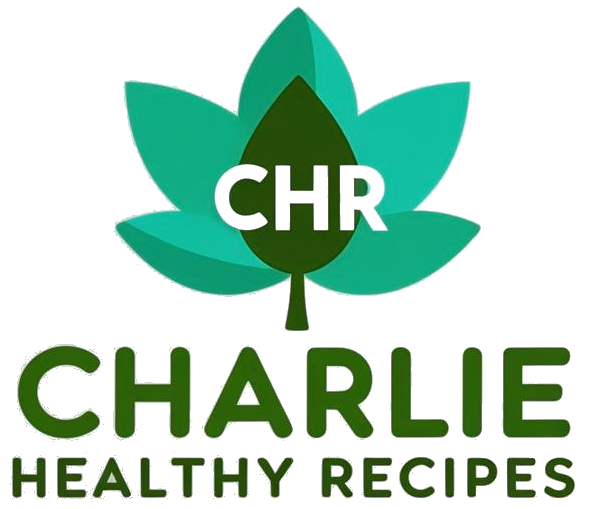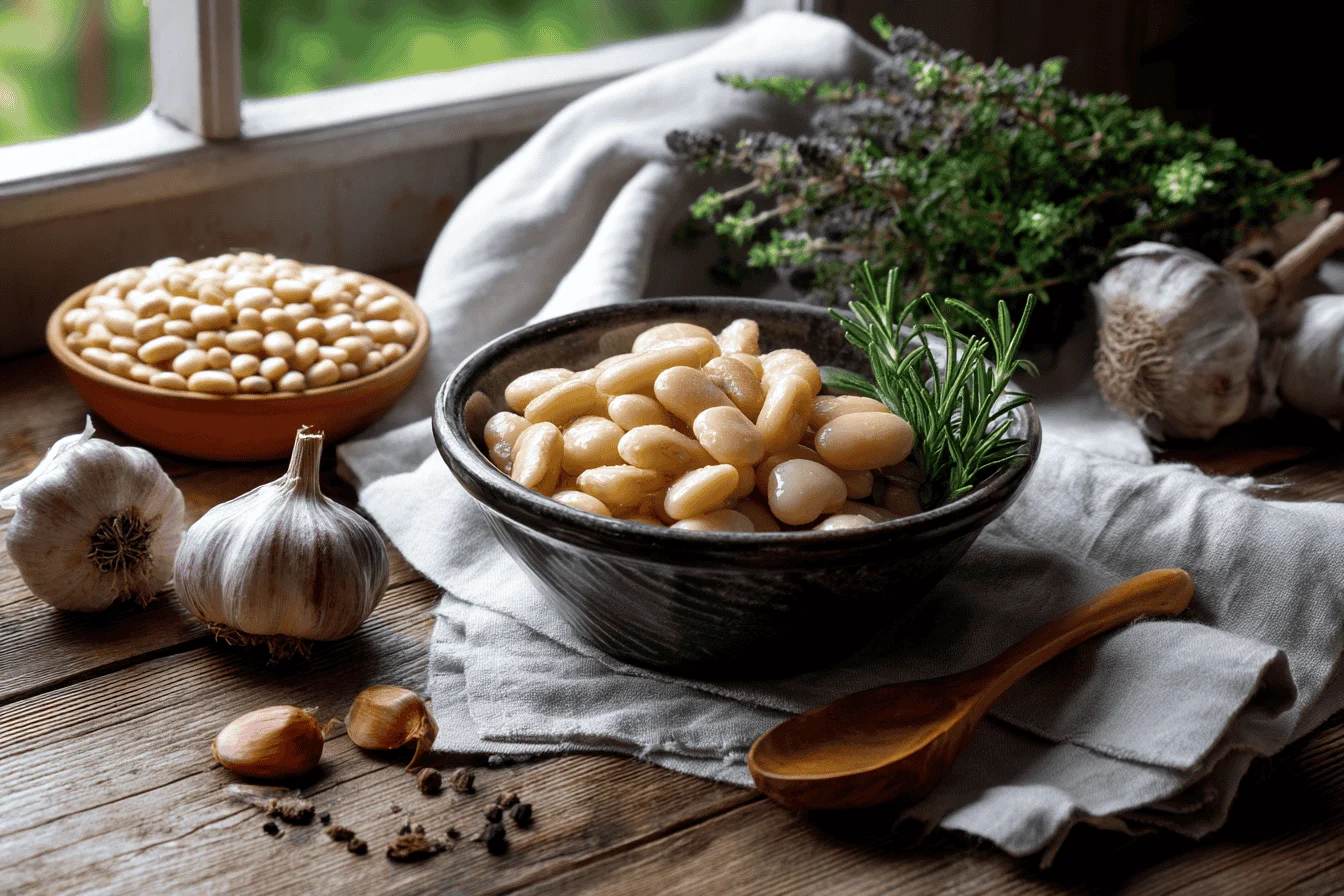Great Northern Beans: Benefits, Recipes, and Everything You Need to Know
Great Northern Beans may look humble, but these small, white legumes pack an impressive nutritional punch and culinary versatility. Often overshadowed by other white beans like cannellini and navy beans, Great Northern Beans deserve a spotlight of their own. Whether you’re preparing a hearty stew or exploring plant-based proteins, they’re a delicious and healthy option to keep in your pantry.
What makes these beans stand out isn’t just their mild, nutty flavor and smooth texture, but also how well they adapt to a variety of dishes — from rustic soups to zesty salads. In fact, recipes like nutritious bean-based soups or white bean and chicken combinations rely on their hearty structure and subtle flavor to bring balance and comfort to the table.
And if you’re curious about the health benefits of legumes, check out the Harvard guide to legumes and health or dive into the nutritional benefits of white beans from the US Dry Bean Council for science-backed insights.
🌱 What Are Great Northern Beans?
Great Northern Beans are a type of medium-sized white bean known for their firm texture and delicate, slightly nutty flavor. Part of the common bean family (Phaseolus vulgaris), they are especially popular in American and European cuisines.
✔️ Key Characteristics:
- Color: White or pale ivory
- Shape: Oval, medium-sized
- Texture: Creamy when cooked, yet holds shape well
- Flavor: Mild, nutty, and adaptable to both savory and tangy dishes
They are often confused with navy beans or cannellini beans — but there are important differences, as we’ll explore next.
🔍 Great Northern vs. Navy vs. Cannellini Beans
All three belong to the white bean family, but each has unique properties:
| Bean Type | Size | Flavor | Best Uses |
|---|---|---|---|
| Great Northern | Medium | Mild, nutty | Soups, stews, salads |
| Navy | Small | Mild, dense | Baked beans, purees |
| Cannellini | Large | Earthy, rich | Italian dishes, casseroles |
What sets Great Northern Beans apart is their balance — sturdy enough for long cooking, yet soft and pleasant to the bite, perfect for a dish like hearty legume-based soups.
📜 A Brief History of Great Northern Beans
Like many legumes, Great Northern Beans trace their origins back to Central and South America. Indigenous peoples cultivated them for centuries, valuing them for their nutrition, versatility, and storage ease. After arriving in Europe during the Columbian exchange, they spread to North Africa, Asia, and beyond.
Today, they are widely cultivated in North Dakota, Michigan, and Nebraska — with the U.S. being one of the largest exporters globally. They remain a staple in American home cooking, especially in colder climates where hearty soups and bean-based meals are cherished.
🍽️ Common Culinary Uses
Great Northern Beans are culinary chameleons. Their mild flavor and creamy texture make them suitable for a wide variety of dishes. Here are just a few ways they shine in the kitchen:
- Soups and Stews: They absorb flavors well, making them ideal for broth-based recipes.
- Salads: Chilled or warm, they add protein and texture to leafy or grain-based salads.
- Chili: Great for white chicken chili — their creaminess balances the spices.
- Dips and Spreads: Blended into hummus-style dips or herbed bean spreads.
- Side Dishes: Sautéed with garlic, olive oil, and lemon for a Mediterranean touch.
⏭️ Coming Up in Part 2…
Next, we’ll dive into the nutritional benefits of Great Northern Beans — including how they support digestion, heart health, and weight management. We’ll also break down their macronutrients, protein content, and fiber load in detail.
💪 Nutritional Benefits of Great Northern Beans
As more people look for affordable, plant-based, and nutrient-dense foods, Great Northern Beans have emerged as a kitchen staple with impressive health benefits. From aiding digestion to reducing cholesterol, these humble legumes deliver powerful perks that rival even more expensive health foods.
For an in-depth scientific view on legumes, the Harvard School of Public Health provides a wealth of information on their health impact. You can also refer to the US Dry Bean Council for practical guidance on incorporating beans into your daily meals.
📊 Macronutrient Profile
Here’s what you’ll find in one cup (about 177g) of cooked Great Northern Beans (no salt):
- Calories: 209 kcal
- Protein: 14.7g
- Carbohydrates: 37.3g
- Dietary Fiber: 12.4g
- Fat: 0.8g
- Iron: 3.6 mg (20% DV)
- Magnesium: 76 mg (19% DV)
- Folate: 181 mcg (45% DV)
This combination makes these beans an excellent source of plant-based protein and complex carbohydrates with minimal fat.
💚 Heart Health & Cholesterol Reduction
One of the standout benefits of Great Northern Beans is their ability to improve heart health. Thanks to their high soluble fiber content, they help reduce levels of LDL (bad) cholesterol in the bloodstream — lowering your risk of cardiovascular disease.
They’re also naturally low in sodium, especially when cooked from dried form, and provide potassium and magnesium, which are crucial for maintaining healthy blood pressure.
Heart-Healthy Highlights:
- 12+ grams of fiber per cup
- Zero cholesterol and almost no saturated fat
- High potassium: helps regulate blood pressure
🧘 Digestive Benefits
The fiber in Great Northern Beans not only supports heart health but also benefits the digestive system. Their mix of insoluble and soluble fibers helps regulate bowel movements, nourish gut bacteria, and prevent constipation.
Compared to other legumes, they tend to cause less bloating or gas, making them a top choice for those with sensitive digestion. You’ll find their smooth, mild texture far more digestible than chickpeas or kidney beans.
⚖️ Weight Loss and Satiety
If you’re watching your weight or looking for high-satiety foods, Great Northern Beans are a smart choice. Their fiber and protein combo keeps you full longer, preventing blood sugar spikes and reducing the urge to snack.
Weight-Friendly Facts:
- Low calorie density: Fewer calories per bite compared to processed carbs
- High fiber + protein: Dual appetite suppressants
- Slow-digesting carbs: Help maintain energy levels
This makes them a perfect partner to lean proteins in meals like ground beef and bean recipes or chicken and white bean meals.
🌿 Vegan and Plant-Based Power
For vegans and vegetarians, Great Northern Beans offer a plant-based protein source that’s not only complete when paired with grains (like rice or quinoa), but also rich in iron, magnesium, and folate — all nutrients that can be lacking in non-meat diets.
Micronutrient Powerhouses:
- Folate: Vital for pregnant women and cell regeneration
- Iron: Important for energy and red blood cell production
- Magnesium: Essential for muscle and nerve function
When mixed with whole grains, they provide all nine essential amino acids — making them a complete protein substitute.
⏭️ Coming in Part 3…
Next, we’ll show you how to cook Great Northern Beans perfectly every time — including stovetop, slow cooker, Instant Pot, and even no-soak methods. Plus, learn how to store and freeze them for convenience!
🔥 How to Cook Great Northern Beans (Stovetop, Slow Cooker & More)
Cooking Great Northern Beans from scratch is easy, affordable, and yields better flavor and texture than canned options. Whether you use dried or canned beans, knowing the best cooking techniques will take your recipes from good to great. In this section, you’ll learn how to soak, simmer, pressure cook, and store these protein-packed legumes for maximum flavor and convenience.
For more practical tips, check out the cooking tips for Great Northern beans at the Bean Institute, or try pairing them with recipes like our grilled chicken and roasted vegetables for a balanced meal.
🛒 Dried vs. Canned Great Northern Beans
While canned beans are convenient, cooking dried beans from scratch allows for better control of salt, texture, and flavor. Here’s a quick comparison:
| Aspect | Dried Beans | Canned Beans |
|---|---|---|
| Flavor | More customizable | Often salty, less aromatic |
| Texture | Firm and creamy | Softer, sometimes mushy |
| Cost | Cheaper long-term | More expensive per serving |
| Time | Longer prep and cook | Ready instantly |
💧 Soaking Dried Beans: Why and How
Soaking beans before cooking reduces cooking time and makes them easier to digest. Here’s how:
- Overnight Soak: Place beans in a large bowl, cover with water (2–3 inches above beans), and let sit for 8–12 hours. Drain and rinse before cooking.
- Quick Soak: Boil beans for 2 minutes, turn off heat, cover, and soak for 1 hour. Drain and rinse.
Tip: Always discard soaking water to reduce phytic acid and oligosaccharides that can cause digestive discomfort.
🍲 Stovetop Method (Classic & Flavorful)
Instructions:
- Soak 1 cup dried Great Northern Beans
- Place in a large pot with 3 cups water or broth
- Add aromatics: onion, garlic, bay leaf, or herbs
- Bring to a boil, then simmer uncovered 60–90 minutes until tender
- Salt only in the last 10 minutes (early salting can toughen skins)
Yield: 1 cup dried = about 2.5 cups cooked beans
⏲️ Slow Cooker or Crockpot Method
Perfect for “set it and forget it” cooking!
Instructions:
- Rinse soaked beans and place in slow cooker
- Add water (3:1 ratio) or broth, plus aromatics
- Cook on low for 6–8 hours or high for 3–4 hours
This method is ideal for busy days — great to prep in the morning and come home to ready-to-use beans for dishes like our Swamp Soup.
⚡ Instant Pot / Pressure Cooker Method
For speed lovers — no soaking required!
Instructions:
- Add 1 cup dried beans + 3 cups water or broth to pot
- Add aromatics as desired
- Seal and cook on high pressure for 30–35 minutes
- Let pressure release naturally (15–20 minutes)
This yields creamy, tender beans without the fuss. Great for quick dinners or meal prep!
🧊 How to Store & Freeze Cooked Beans
- Refrigerator: Store in a sealed container with liquid for up to 5 days
- Freezer: Portion into bags or containers with cooking liquid; freeze up to 3 months
- Thaw: In the fridge overnight or add directly to soups/stews
Bonus Tip: Freeze in 1½-cup portions to match a standard can size for easy substitutions in recipes.
⚠️ Common Cooking Mistakes to Avoid
- Salting too early: Can cause tough skins
- Overcooking: Leads to mushy beans that fall apart
- Skipping rinse: Especially important for canned beans to reduce sodium
- Cooking without aromatics: Limits flavor — add bay leaf, garlic, or thyme
⏭️ Coming in Part 4…
Next, we’ll explore five amazing recipes using Great Northern Beans — including soups, salads, dips, and hearty mains that are perfect for any season!

